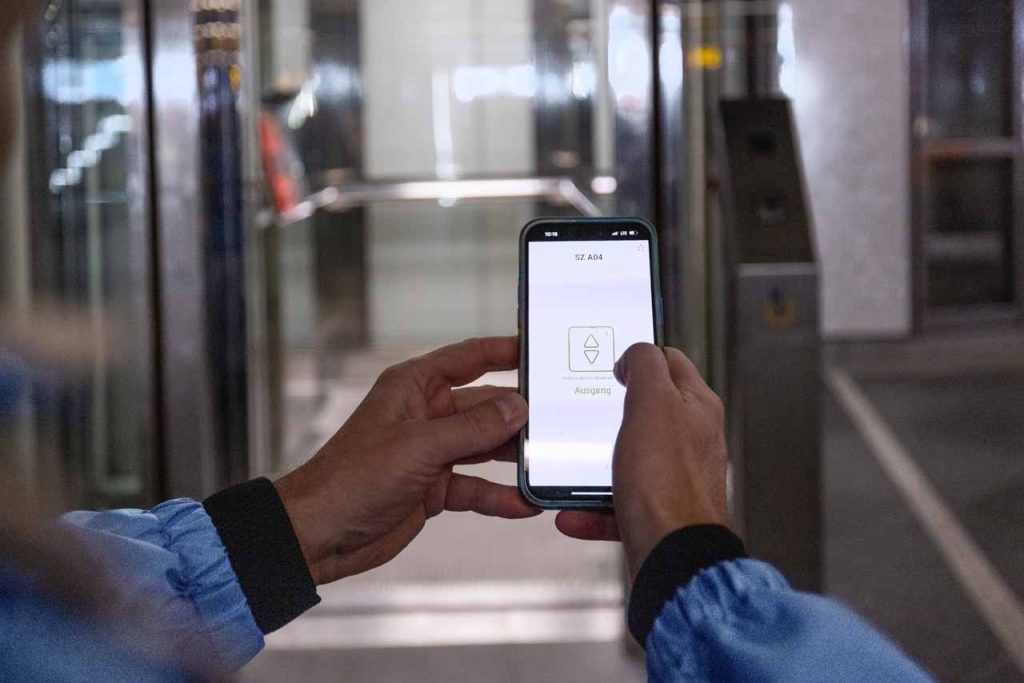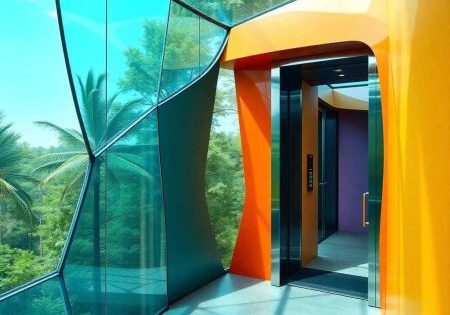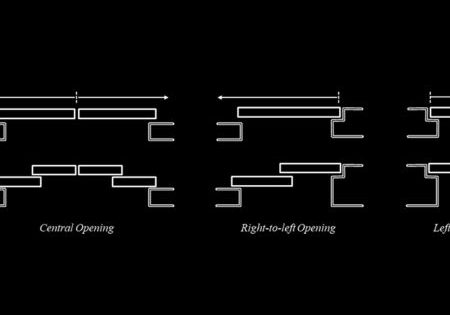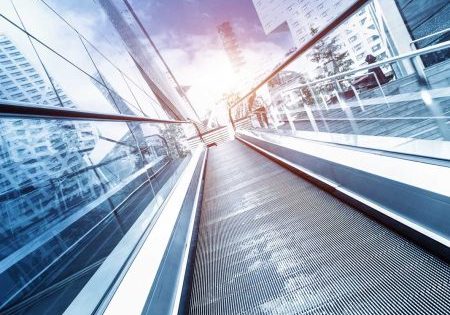Enhancing Elevator Accessibility
Aug 5, 2025
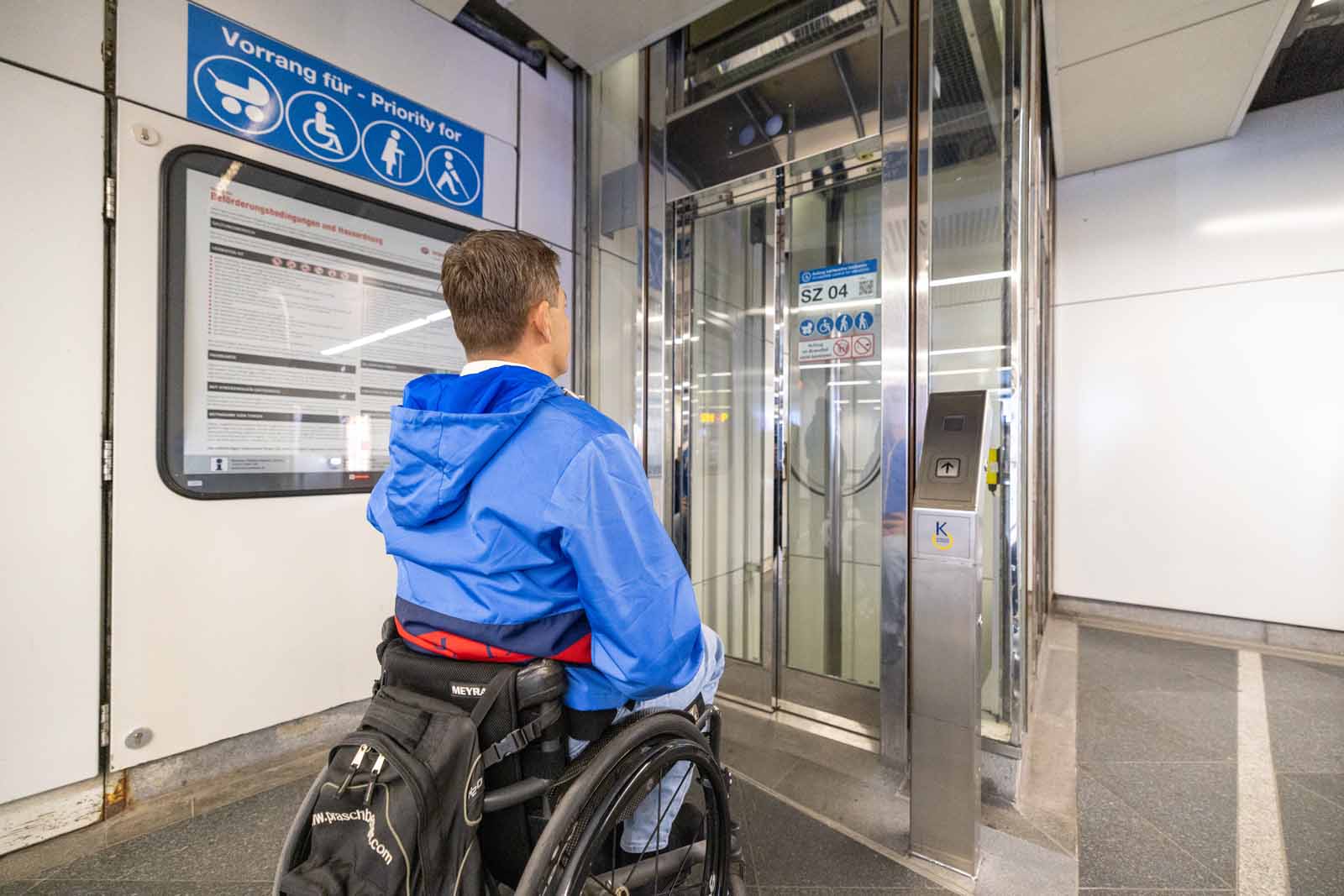
LiftBoy and inclusive design solutions for Wiener Linien
by Dirk Lauterwasser
Abstract
In a major step toward inclusive urban mobility, Wiener Linien, Vienna, Austria’s public transport provider, has launched a wide-ranging initiative to improve elevator accessibility across its network. Faced with the challenge of ensuring equal access for all passengers, including those with disabilities, Wiener Linien sought solutions that would deliver both intuitive usability and long-term reliability. The goal: make elevator use safer, simpler and barrier-free for everyone.
A Vision for Inclusive Public Transit
Wiener Linien operates one of Europe’s most extensive underground and light rail systems. With millions of passengers each year, the operator recognized the need for elevators that are not only functional but truly inclusive. Passengers with impaired mobility, vision loss or other sensory impairments frequently reported difficulties with elevator controls, insufficient feedback or inaccessible user interfaces.
To address these challenges, Wiener Linien partnered with SCHAEFER GmbH to implement a comprehensive package of accessibility improvements across its elevator infrastructure. Central to this rollout was the integration of LiftBoy®, SCHAEFER’s smartphone-based elevator call system. This retrofit solution allows passengers to call and control elevators contact-free via an intuitive, barrier-free mobile app.
Implemented Solutions: Combining Innovation and Practicality
The LiftBoy system uses modular Bluetooth Low Energy (BLE) devices that interface directly with existing elevator pushbuttons in parallel configuration—without modifying the controller. The system works independently of internet connectivity, relying instead on direct Bluetooth communication between the passenger’s smartphone and the LiftBoy module in the elevator. Once a user is within range, the app communicates via Bluetooth and enables full elevator interaction — allowing call placement and floor selection.
In addition to LiftBoy, Wiener Linien introduced other improvements aligned with the “two-senses principle,” which ensures that essential information is conveyed through at least two sensory channels. To support accessibility through multiple sensory channels, Wiener Linien also introduced multilingual audio announcements at elevator call stations. These announcements, available in German and English, inform passengers immediately if an elevator is out of service —providing essential orientation, especially for people with visual impairments. A total of 46 elevators have already been upgraded with this principle. By the end of 2025, all elevators in the network are expected to support the LiftBoy system.
As part of its broader accessibility strategy, Wiener Linien relies on SCHAEFER’s high-contrast, large-area pushbuttons (B 50) at hall stations (LOPs) and inside elevator cabins. These tactile, easy-to-press buttons offer improved visibility and haptic feedback, making elevator operation significantly more accessible for users with limited vision or reduced motor function.
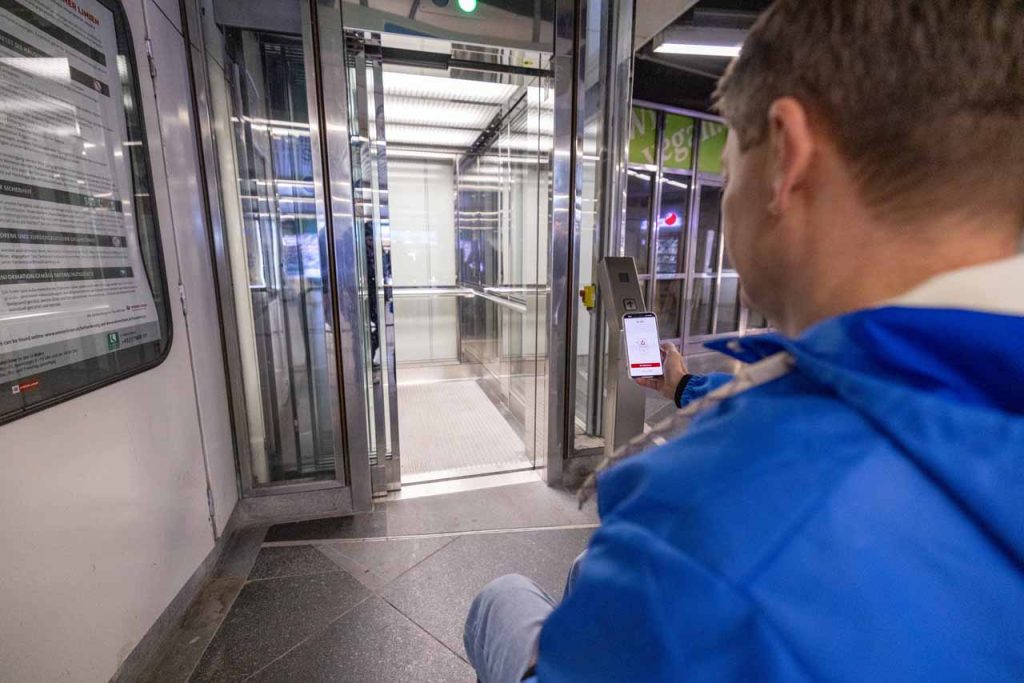
Real-World Impact and User Feedback
The introduction of LiftBoy has had a profound impact on users. Blind passengers can now operate elevators independently thanks to full compatibility with screen readers (VoiceOver, TalkBack), which announce button labels and additional floor information. For example, a user may hear: “Level 0 – street-level interchange to tram lines” while navigating the app.
For wheelchair users and others who need more time to enter or exit, the app offers an optional function to extend door dwell time. This simple but effective adjustment creates a noticeably less stressful boarding experience.
Hans-Jürgen Groß, the Group Accessibility officer at Wiener Stadtwerke and a wheelchair user himself, commented in a public interview:
“The new app we now use to operate elevators was developed in response to practical problems. Initially during the COVID-19 period, we wanted to avoid touching buttons. But we also received feedback from passengers that some buttons were simply mounted too high.
“When you open the app, a familiar control panel appears, just like the one next to the elevator. You simply select a button to call the elevator or choose where you want to go — like to U3 or the exit.”
Speaking from personal experience, Groß underlines another key benefit:
“If you want the doors to remain open longer, you can activate the accessibility mode in the app, and the door time is tripled. That gives you the time and comfort you need to board safely.”
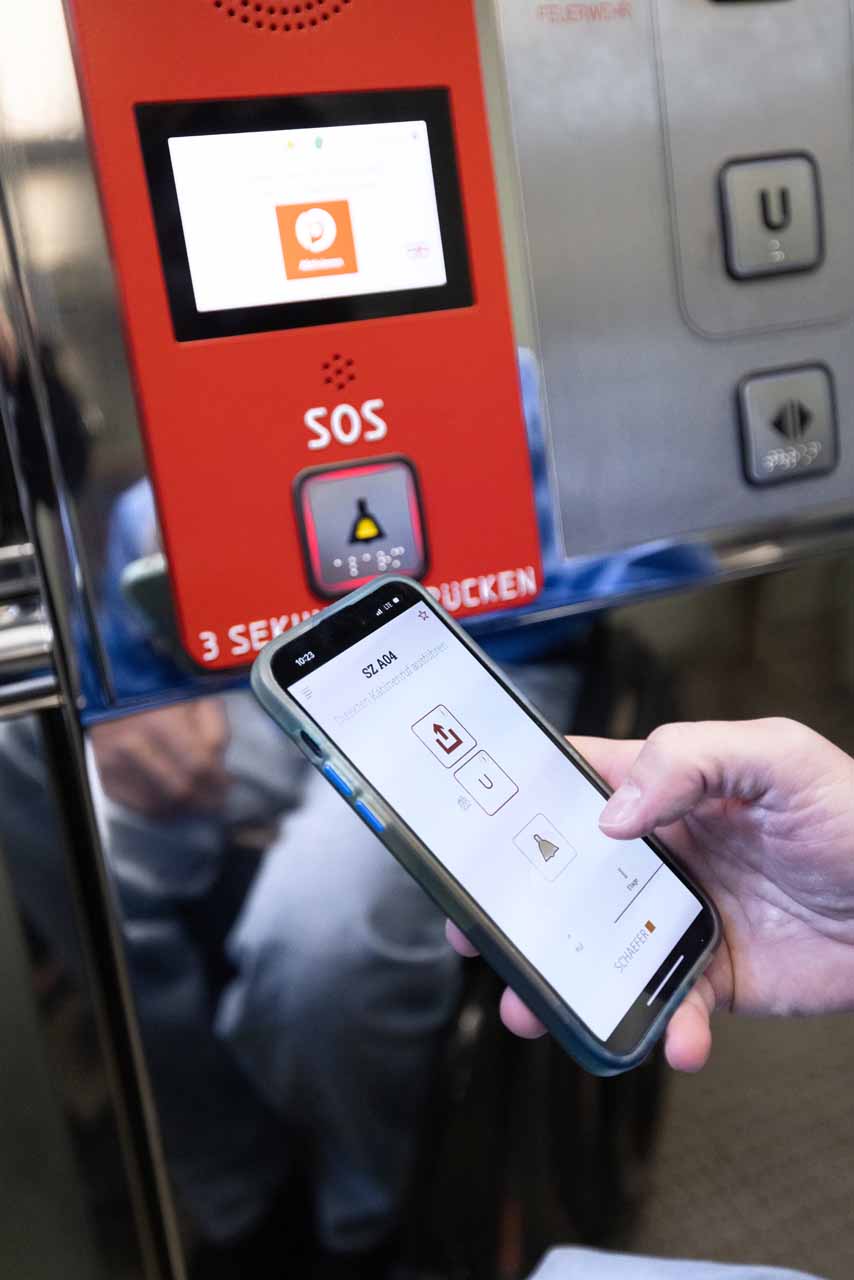
What Matters to the Elevator Industry
For elevator manufacturers, building operators and transit authorities, LiftBoy delivers tangible value on multiple levels. First, it enables barrier-free access without altering the elevator’s control logic, making it ideal for modernization and retrofit projects. Second, the system improves hygiene, reduces surface contact and enhances the user experience — important factors in both public health and customer satisfaction.
LiftBoy also supports compliance with accessibility regulations and standards, helping stakeholders meet legal obligations while visibly demonstrating their commitment to inclusion. With support for multiple languages and smartphone platforms, the system offers the flexibility to accommodate diverse passenger needs and is easily scalable across international operations — an advantage for global elevator manufacturers and operators seeking unified, user-friendly solutions. The system is highly adaptable to future user expectations.
The parallel connection to existing pushbuttons ensures easy installation, minimal disruption and preservation of the elevator’s original functions. This lowers installation costs and shortens implementation timeframes — key considerations for large-scale rollouts in public infrastructure.
Conclusion: An Inclusive Blueprint for Urban Transit
Wiener Linien’s adoption of LiftBoy and SCHAEFER’s inclusive design components demonstrates how thoughtful retrofitting and smart technology can transform existing infrastructure into an accessible system for all users. The success of the program was one factor contributing to the Access City Award 2025 granted to the City of Vienna by the European Commission — a recognition of long-term commitment to inclusion.
About SCHAEFER
Get more of Elevator World. Sign up for our free e-newsletter.
